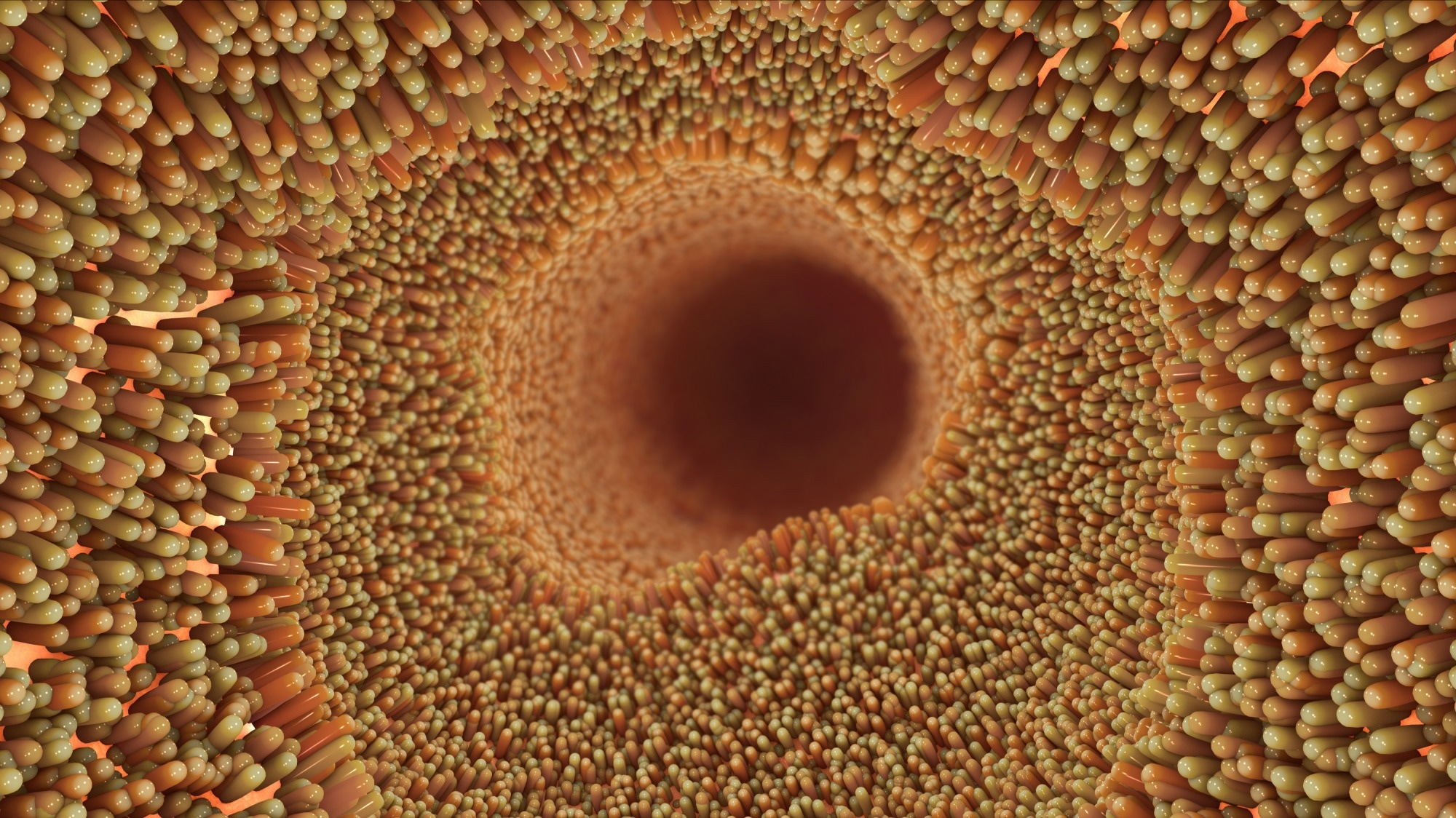A recent Nature Communications study determines the role of cytoglobin (cygb2) in regulating cilia motility.
 Study: Cytoglobin regulates NO-dependent cilia motility and organ laterality during development. Image Credit: Nathan Devry / Shutterstock.com
Study: Cytoglobin regulates NO-dependent cilia motility and organ laterality during development. Image Credit: Nathan Devry / Shutterstock.com
Background
Cygb is a heme-containing globin protein that is not involved with oxygen transport or storage, unlike its pentacoordinate relatives, myoglobin and hemoglobin. Nevertheless, Cygb contains a hexacoordinate heme moiety, which is expressed at a low concentration.
Cygb is a redox-regulated hemoprotein with increased iron-histidine affinity due to the sequential oxidation of two surface cysteines. This increases the possibility of heme pocket for ligand binding and nitrite reduction.
The primary function of Cygb is to regulate nitric oxide (NO) metabolism based on its redox status. The conversion of reduced nitrite to bioactive NO occurs through electron and proton transfer reactions through reduced deoxygenated heme.
This mechanism assists the reaction between the oxygen-bound heme and NO to oxidize NO to inert nitrate. Thus, Cygb participates in oxygen-dependent NO homeostasis.
Mouse knockout models have shown that Cygb regulates vascular function through NO deoxygenation. These studies have also highlighted the role of Cygb in protecting cells from superoxide toxicity.
The cytochrome b5 reductase enzyme reduces oxidized ferric Cygb, which is essential to maintain reduced levels of Cygb in cells and control electron transfer. Aged mice with Cygb knockout exhibit varied organ abnormalities, including kidney cysts, cardiac hypertrophy, lymphoma, and liver fibrosis. These mice also had decreased mean arterial blood pressure linked to reduced NO metabolism.
Although several studies have described the different physiological roles of Cygb, it is imperative to understand its precise function in organ development.
About the study
The current study investigated the function of Cygb using CRISPR/Cas9-directed mutagenesis in the zebrafish (Danio rerio) model. CRISPR-Cas9 genome editing was used for genomic deletion in the first exon of zebrafish cygb2 and cygb1.
The precise target sites were selected using an online software tool. Morpholino (MO) knock-down strategies were used to knock-down the translation of Cygb2.
Study findings
The genetic deletion of cygb2 in zebrafish was found to be responsible for cardiac and gastrointestinal tract laterality defects. A similar deletion in humans has been associated with defects in airway motile cilia and low nasal NO levels.
Cygb2 co-localizes with cilia and the NO synthase (NOS) Nos2b in the Kupffer’s vesicle (KV) of zebrafish. Moreover, impairments in the structure and function of cilia were observed in cygb2 mutants due to disrupted fluid flow within the KV.
The levels of NO and nitrite depleted in the Cygb2 knockout mice. Abnormal ciliary function and organ laterality were observed as a result of nos2b and gucy1a depletion. Nos2b is one of the NOS isoforms, whereas gucy1a is the canonical NO receptor soluble guanylate cyclase (sGC) homolog in fish.
The function of cilia was restored by exposing cygb2 mutant embryos to over-expressed nos2b and sGC stimulators. Consistent with previous reports, the current study revealed that a Cygb-NOS-NO-sGC-cGMP signaling axis regulates the function and structure of cilia.
This observation also aligns with previous studies that revealed Cygb knockout caused impairment in mouse airway epithelial cilia structure and decreased NO production. Taken together, cygb appears to play a critical role in normal ciliogenesis and stage-specific NO signaling.
Cygb appears to be an upstream positive regulator of cilia function through the stimulation of NOS-NO-sGC-cGMP. There is a possibility that primary mutation in cilia genes could be linked with compensatory upregulation of the CYGB-NOS-NO-sGC pathway.
Previous studies have determined that all vital elements of the NO signaling pathway are located within a ciliary “metabolon,” specifically at the apical cell surface at the base of cilia. The current study indicated that low exhaled NO in primary ciliary dyskinesia (PCD) could be a disease biomarker.
An indirect mechanism was found where Cygb improved oxygen delivery to NOS by reacting and stimulating NOS-dependent NO formation from L-arginine oxidation. Cygb can also use NOS as a reductase to assist the generation of NO from nitrite. For proper NO production and cilia function, the simultaneous presence of both Cygb2 and Nos2b is required.
Conclusions
Cygb is crucial for both NO signaling cilia function during development as well as correct left-right patterning. Taken together, the current study highlighted that cygb, NOS, NO, and sGC play important roles in regulating cilia function. Future research could exploit Cygb-NOS-NO-sGC-cGMP signaling pathway therapeutic target for ciliopathies.
Journal reference:
- Rochon, E. R., Xue, J., Mohammed, M. S., et al. (2023) Cytoglobin regulates NO-dependent cilia motility and organ laterality during development. Nature Communications 14(1);1-13. doi:10.1038/s41467-023-43544-0